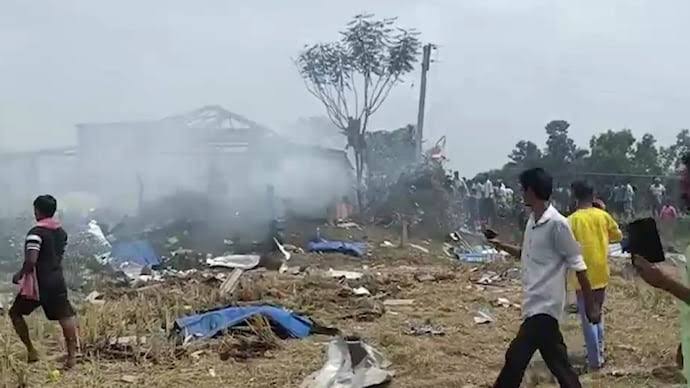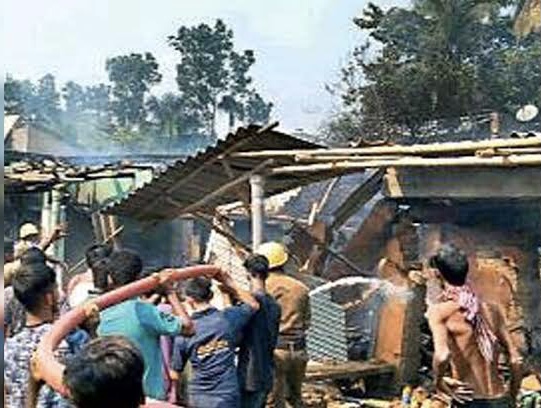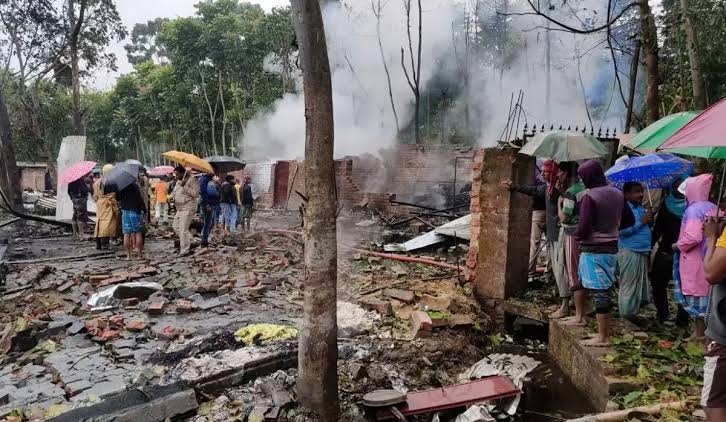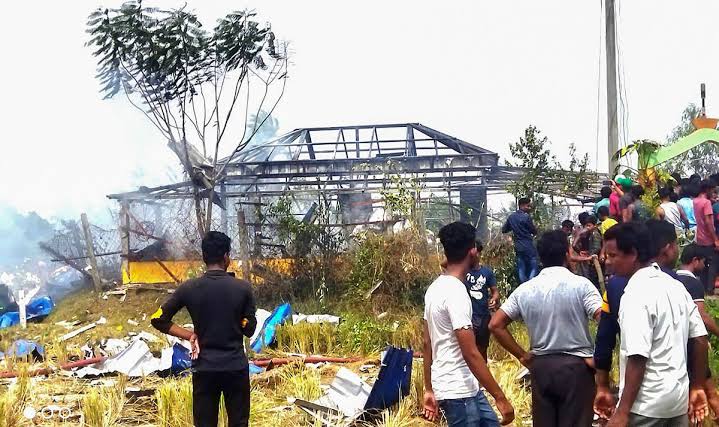3 consecutive accidents due to fire crackers claimed many lives and left several with injuries in West Bengal.
Every religious holiday celebrated in Bengal and the adjoining states is marked by the hullabaloo of firecrackers. However the ban on crackers has led to the production of illicit crackers.
After three firecracker blazes in Bengal on May 16, May 21, and May 23 that left 16 people dead and numerous others injured, investigators brushed for clues at the worn-out sites. Moreover experts believed that the tragedy was imminent because of rising consumption and the necessity of fireworks to mark every happy or auspicious occasion.
Although the Supreme Court, the Calcutta High Court, and the National Green Tribunal recently outlawed these firecrackers due to the hazardous grey pollutants they leave afterwards, which increases air pollution to frightening levels, loud and smoky fireworks have come to be a symbol for expressing joy.
Since the late 1980s, lighting fireworks has become a political or power display. According to environmental campaigner Subhas Datta, politicians encourage lighting fireworks to commemorate electoral victories.

Image courtesy: india today
Although exact information is lacking, it is thought that the Bengal pyrotechnics industry began to develop around 1821 when the East India Company established an ammunition plant close to Nungi in the South 24 Parganas area. According to Babla Roy, general secretary of the state’s umbrella organisation for producers and marketers of fireworks, locals used to steal gunpowder and make pyrotechnics for entertainment purposes.
Small, improvised factories eventually began producing firecrackers without a licence. Since then, this cottage business has expanded into a titan with an estimated annual revenue of Rs 4,800 crore. The majority of the goods are sold in Bihar, Jharkhand, and Odisha in addition to Bengal.
The most recent mishaps showed the risks inherent in the state’s illicit business, which hundreds of thousands rely on for their livelihood. Because of the dangers, the deaths rekindled calls for stronger industry control.

Image courtesy: times of india
“The manufacture, storage, distribution, and sale of pyrotechnics have been outlawed by a number of Supreme Court and NGT decrees. According to Naba Dutta of the environmental organisation Sabuj Mancha, who made the claim, authorities are accused of implementing safety laws haphazardly or even not at all, given that the manufacturing sector continues to be a source of income for many low-income families.
A staggering police operation last week culminated in the discovery of 1.5 crore rupees’ worth of illicit firecrackers—1.1 lakh kilos—stored in residences, stores, and warehouses. Over 100 people were detained, and 150 stores and factories were blocked. The operation, however, encountered resistance as it had in the past due to concerns that more than 4 lakh people would lose their jobs if the plants were closed.
The majority of factories are located in South 24 Parganas’ Nungi and Champahati, as well as a few in North 24 Parganas, East Midnapore, Malda, and Murshidabad. Many people rely on them for their livelihood, which comprises women who are paid roughly Rs 150 for a few hours of labour.

Image courtesy: times of India
While recognising that the majority of companies are unethical, Sukhdev Naskar, general secretary of the Bengal fireworks Manufacturers’ Welfare Association, claimed that 1.4 lakh people have immediate jobs in the production of pyrotechnics in Nungi and Champahati. In the event that employees were either “compelled to generate green fireworks without official assistance” or weren’t offered alternate means of support, he threatened that there would be public upheaval.
Only “environment friendly” fireworks would be permitted, according to the judges, in an effort to reduce the severe pollution levels nationwide. However, switching to “green” explosions doesn’t ensure that they will refrain from being produced in homes that are utilised as factories lacking the necessary safety regulations.
According to Sudhangshu Das, deputy president of the traders’ union Haral Atasbaji Byabosayee Samity, the cost of producing green firecrackers is 40% more extensive. According to conservationists, Bengal will continue to be an explosive container as long as there is a large market for ordinary, inexpensive fireworks.













